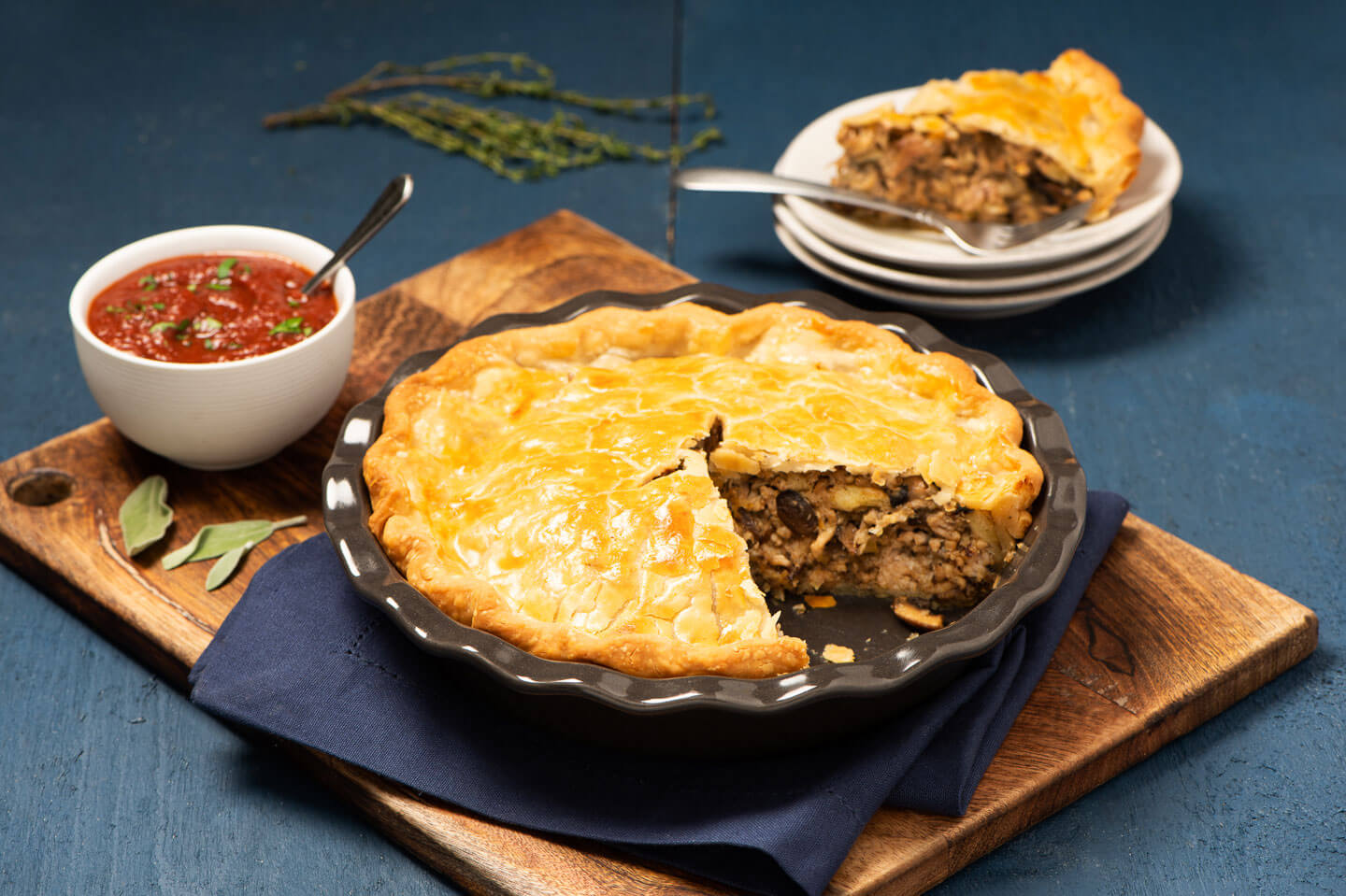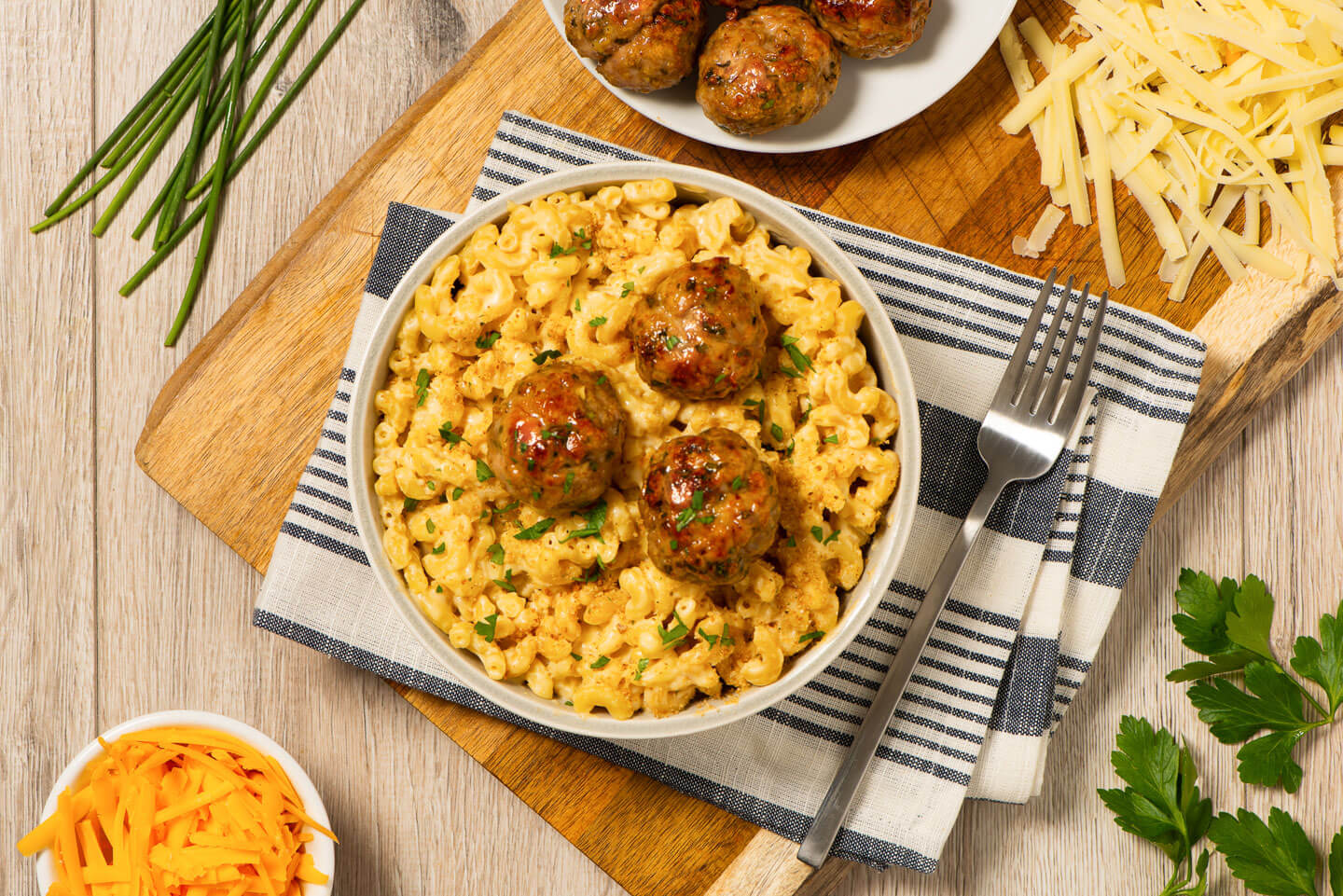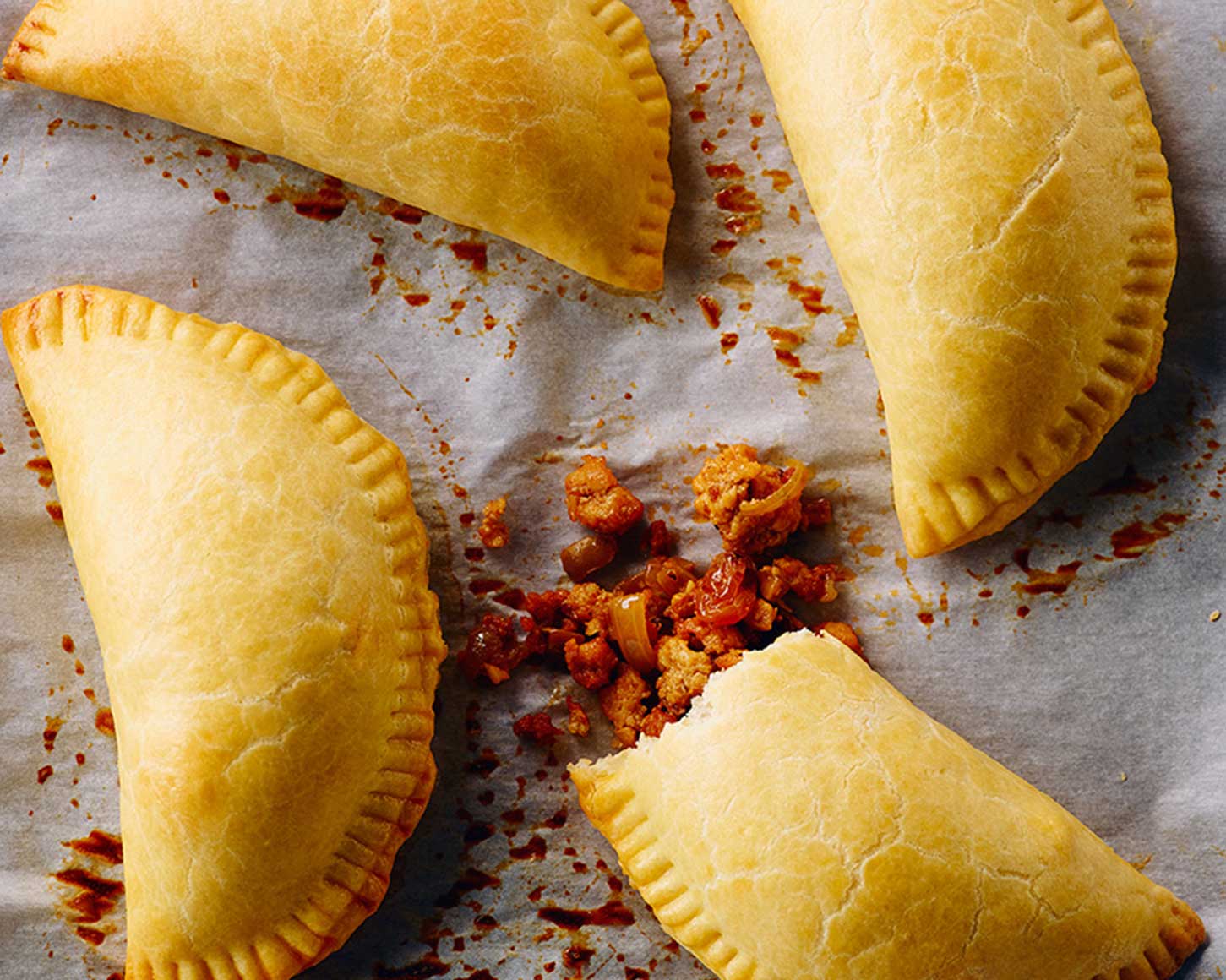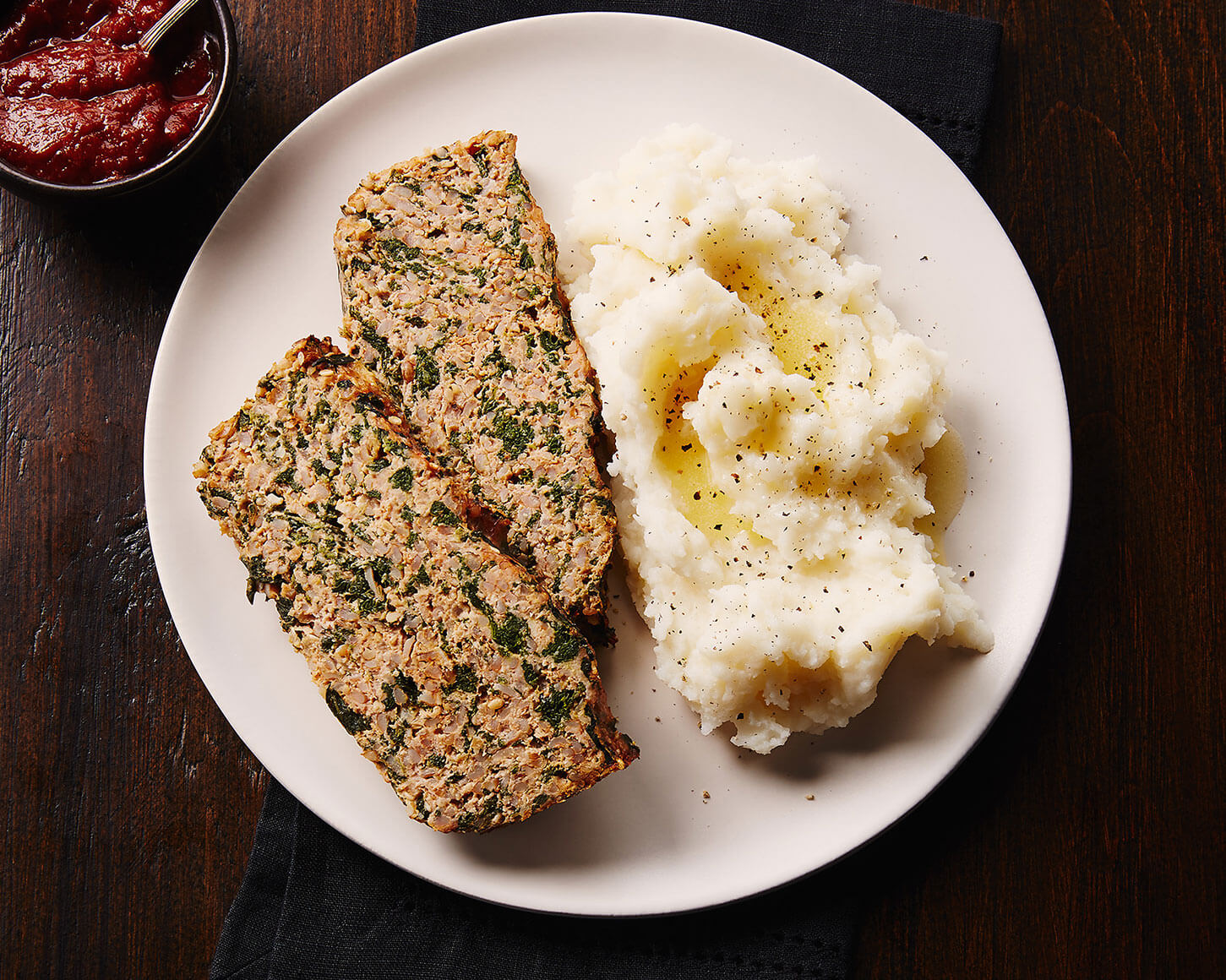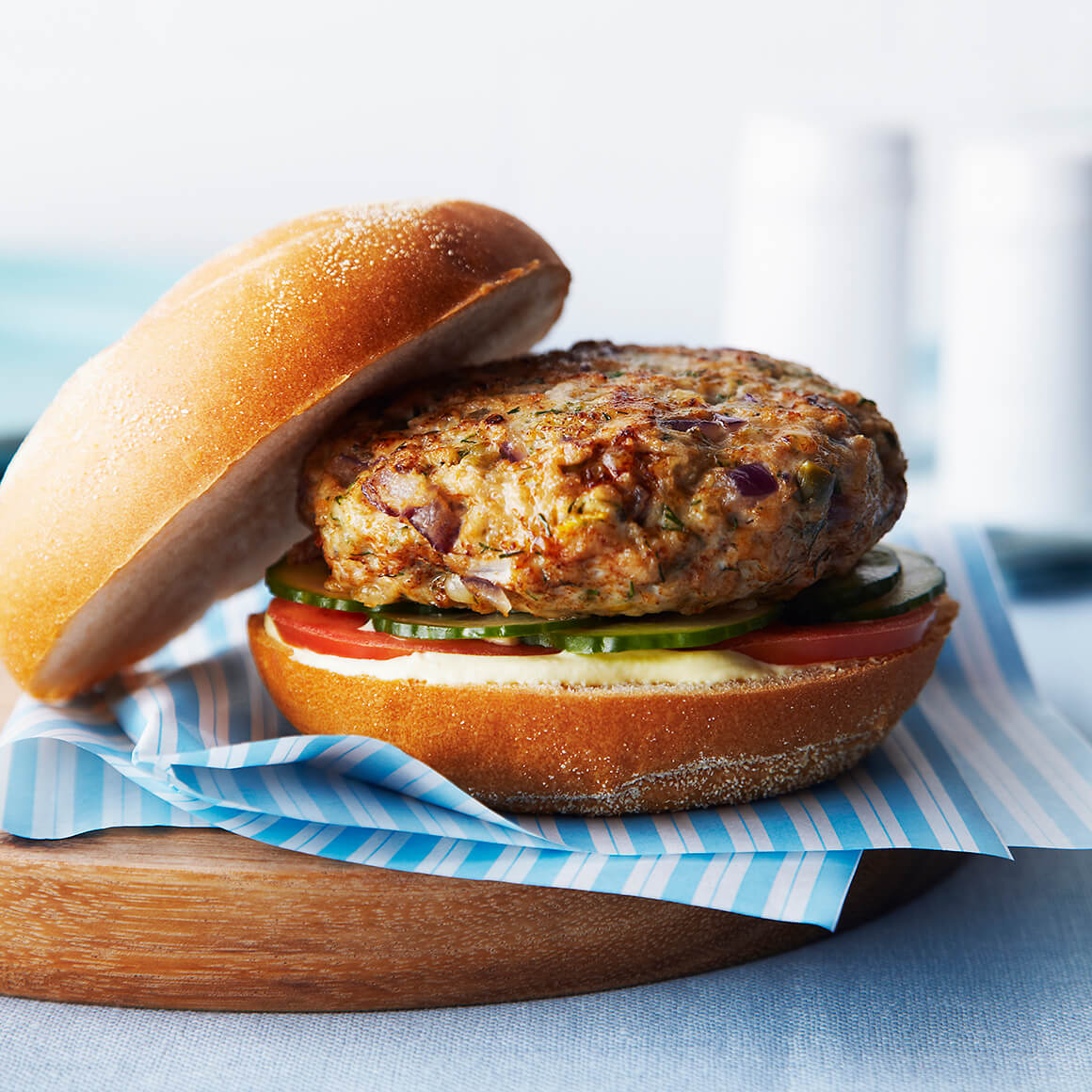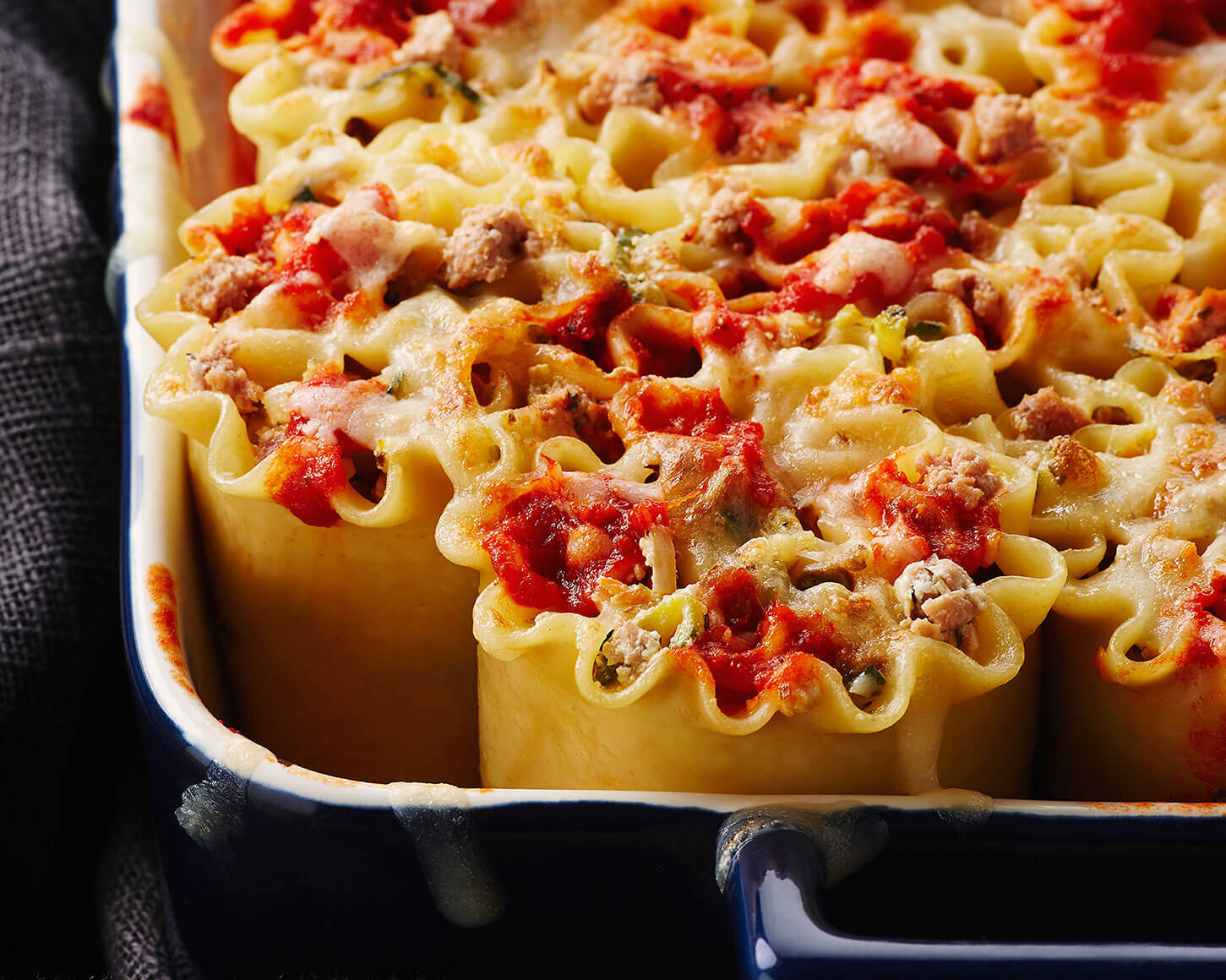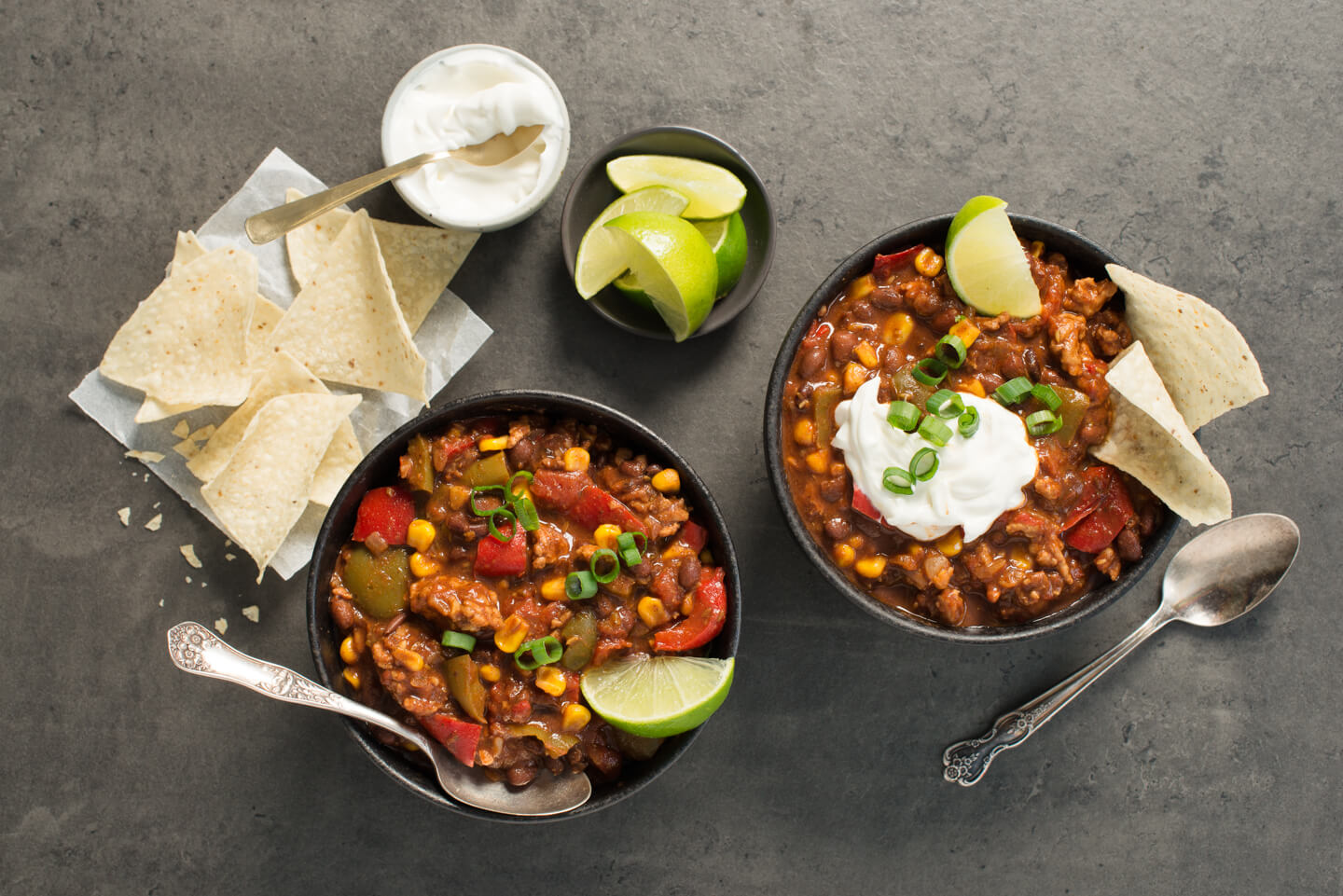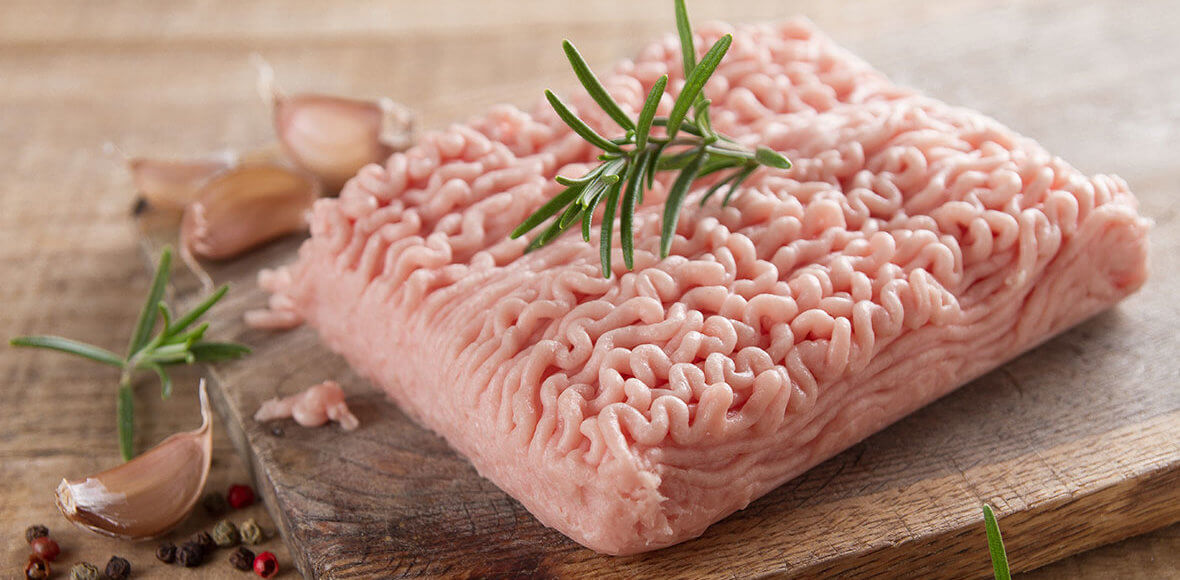
Cooking With Ground Chicken
When it comes to the stars of mealtime, ground beef and ground pork often capture the spotlight, while ground chicken tends to get snubbed. But ground chicken has the advantage of being a lighter and more tender meat, while also being affordable, packed with protein, and full of flavour.
Ground chicken is also versatile: it can be used to make burgers and meatballs, and as or used as a filling in sauces for a variety of dishes. Try it inside manicotti noodles or enchiladas; in lasagnas or in chili. Use it instead of beef or pork in you favourite spaghetti sauce; as a topping on pizza; inside cabbage rolls and in shepherd’s pie.
What you can do with beef or pork, you can do with ground chicken. You just need to follow a few simple tips.
Ground chicken needs friends
Lean ground chicken tends to be a healthier option when compared to beef or pork as it contains less saturated fats. This is because lean ground chicken is made from white meat, which has much less fat.
While it might be healthier, less fat means less moisture, which is why ground chicken has an unfair reputation of being dry. But this can be solved easily—all ground chicken needs is some helpers: ingredients that can contribute fat, moisture, and flavour.
- Add some spice! Ground chicken is perfect for taco night, and all it takes is adding some chilli powder and a little salt and pepper.
- Chopped up bacon (and/or bacon fat), pork or beef can all be added to ground chicken to enhance its fat content, moisture, and flavour. You don’t need to add a lot – a little goes a long way.
- Chicken, vegetable, or beef stock can be added—just don’t add too much and turn it into soup! Don’t over salt either. Store-bought stock often contains high levels of salt. Add the stock first, and once thoroughly cooked, taste it and add more salt if needed.
- Yogurt is another great addition—especially for meatballs. The high fat content of yogurt lends flavour and a hefty dollop of moisture to meatballs and other dishes, ensuring your recipe won’t turn out dry. Tahini – ground sesame paste – is a Middle Eastern staple, which will give the meat tonnes of flavour and moisture, plus it’ll act as a thickener, sticking together burgers and meatballs. Eggs are also great at holding meat and other ingredients together, but unless you want meaty scrambled eggs, don’t add them to the frying pan. Instead, add eggs to mixtures for meatballs and hamburger patties.
- Oils, chillies and spices can also be added. The oils will help prevent the meat from drying out, which can cause the meat to burn more easily, and the chillies and the spices will most certainly will your dish some kick.
Handle ground chicken with care
As with all raw poultry products, chicken must be handled with care, since it may contain harmful bacteria like salmonella. Always wash your hands, tools, and surfaces with soap and water before and after contact with raw chicken.
How to tell ground chicken is cooked
Undercooked chicken may contain harmful bacteria, so careful attention must be paid to the colour and texture of the meat:
- The liquid from the chicken should run clear, not pink or red
- The meat should be white and firm
If you’ve added other ingredients to the ground chicken, it may be difficult to check the meat’s colour. Here’s a tip: start by heating the ground chicken by itself until it is properly cooked, then add any spices, pastes, or other liquids and ingredients.
Lean ground chicken doesn’t take long to cook—around 5 to 7 minutes. It is best to cook it a lower-medium heat for a longer time to ensure what little moisture the meat has doesn’t dry out. Be aware that adding other meat, fats, and oils will change the cooking time.
Ground chicken doesn’t need to be drained of its liquid unless the recipe requires calls for it, so don’t let those flavourful juices go down the drain.
Storing ground chicken
Ground chicken can be safely stored in a container in the fridge between 3-4 days. Ensure the fridge temperature is no higher than 4°C.

